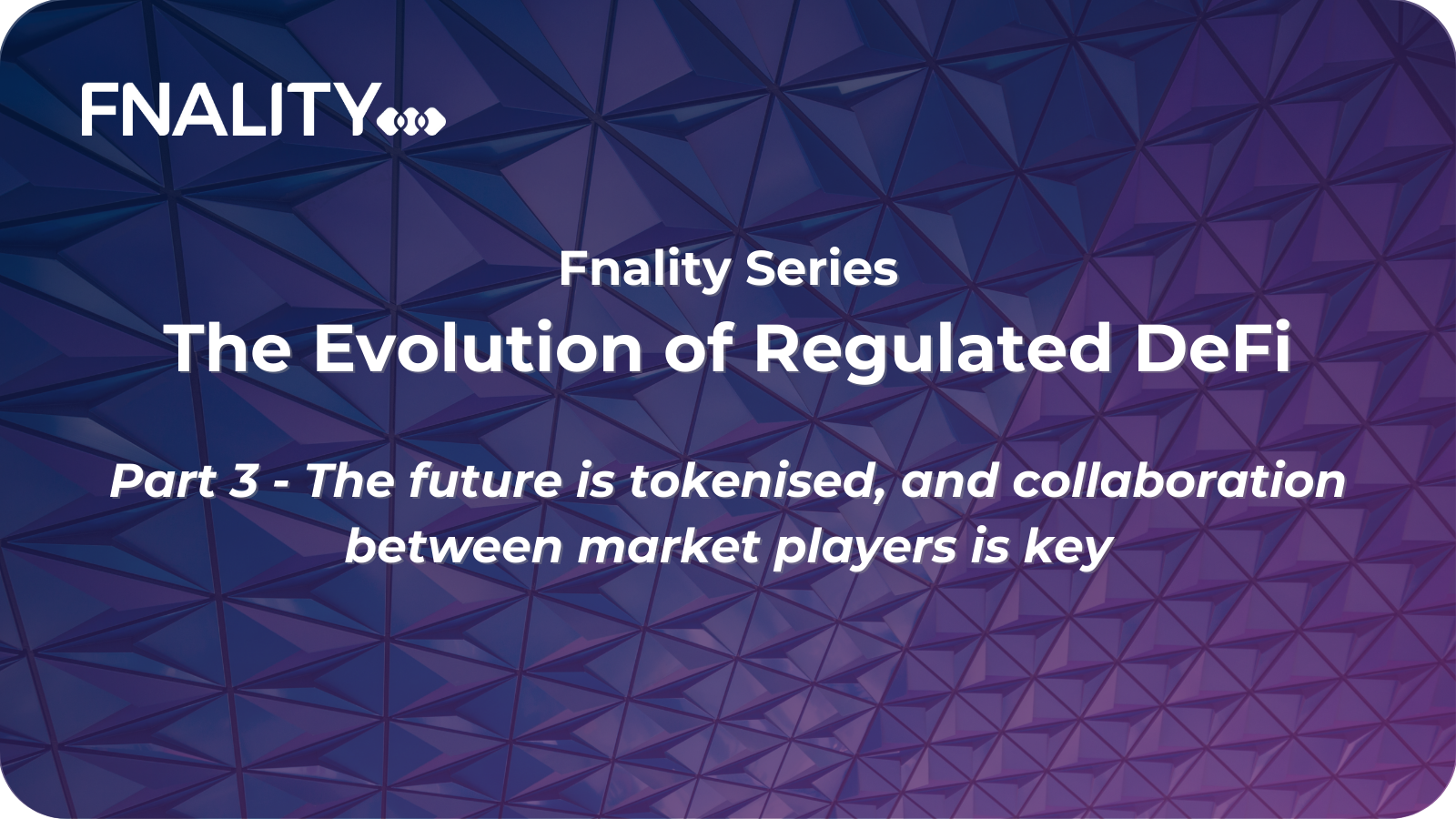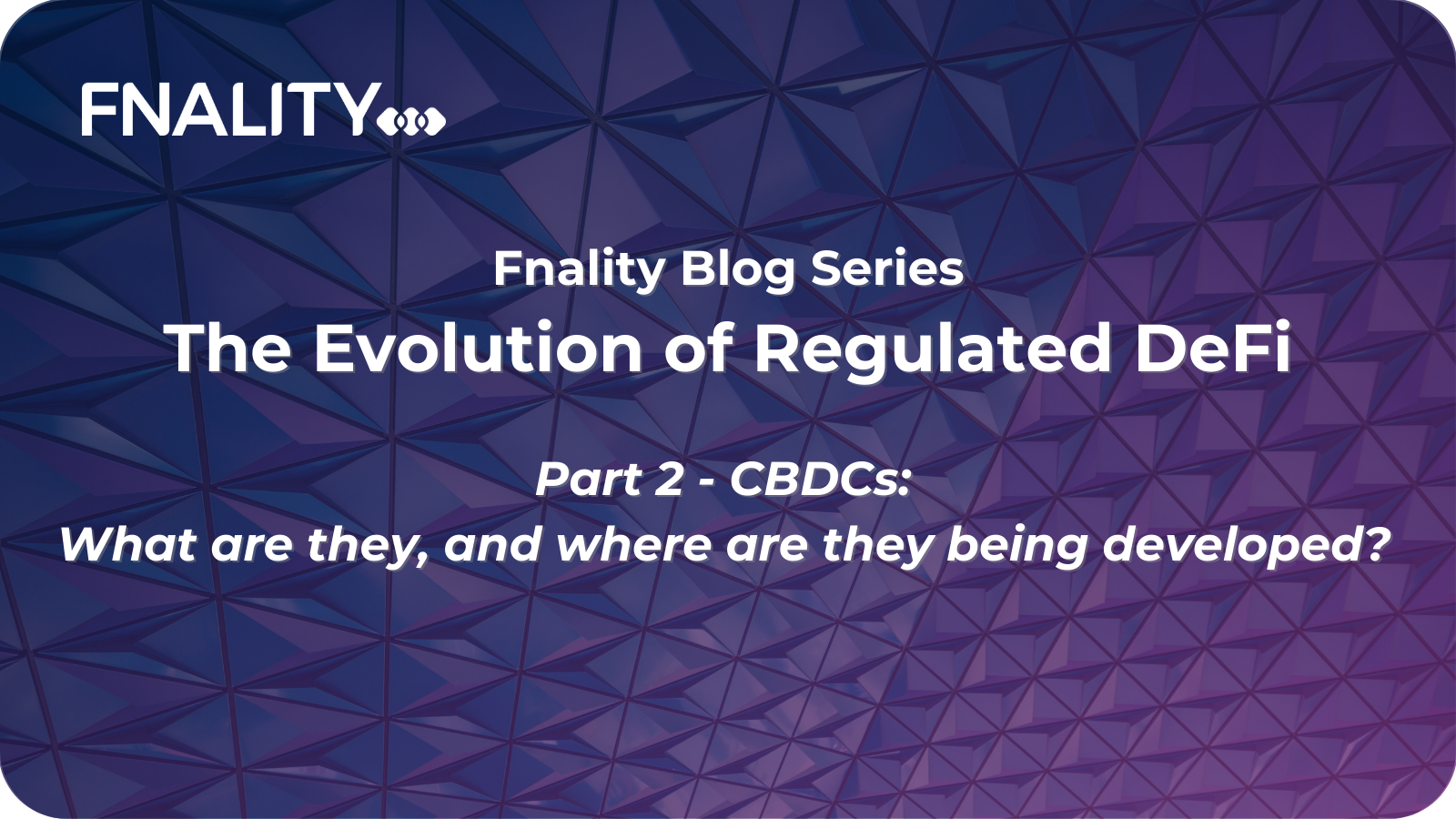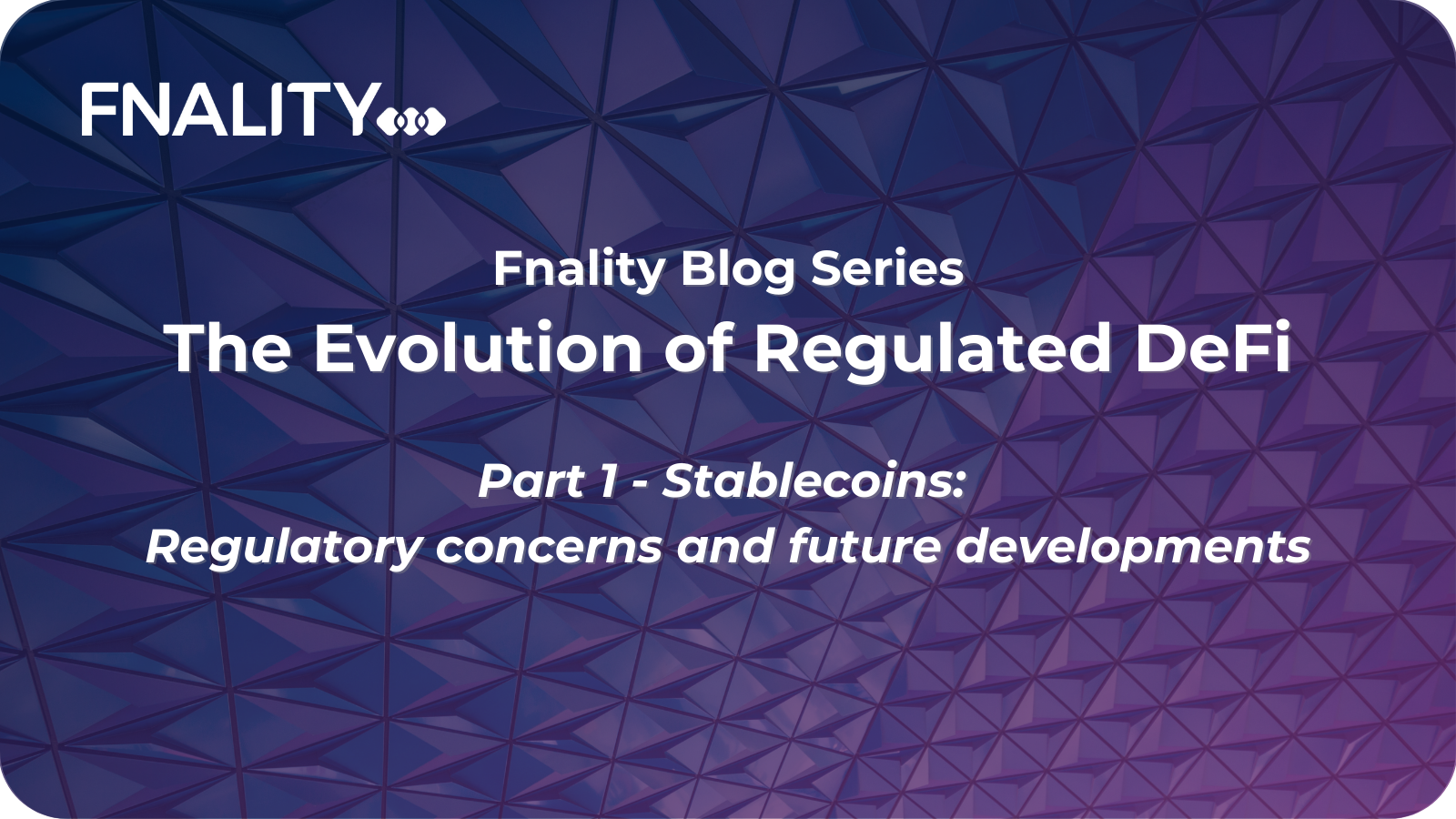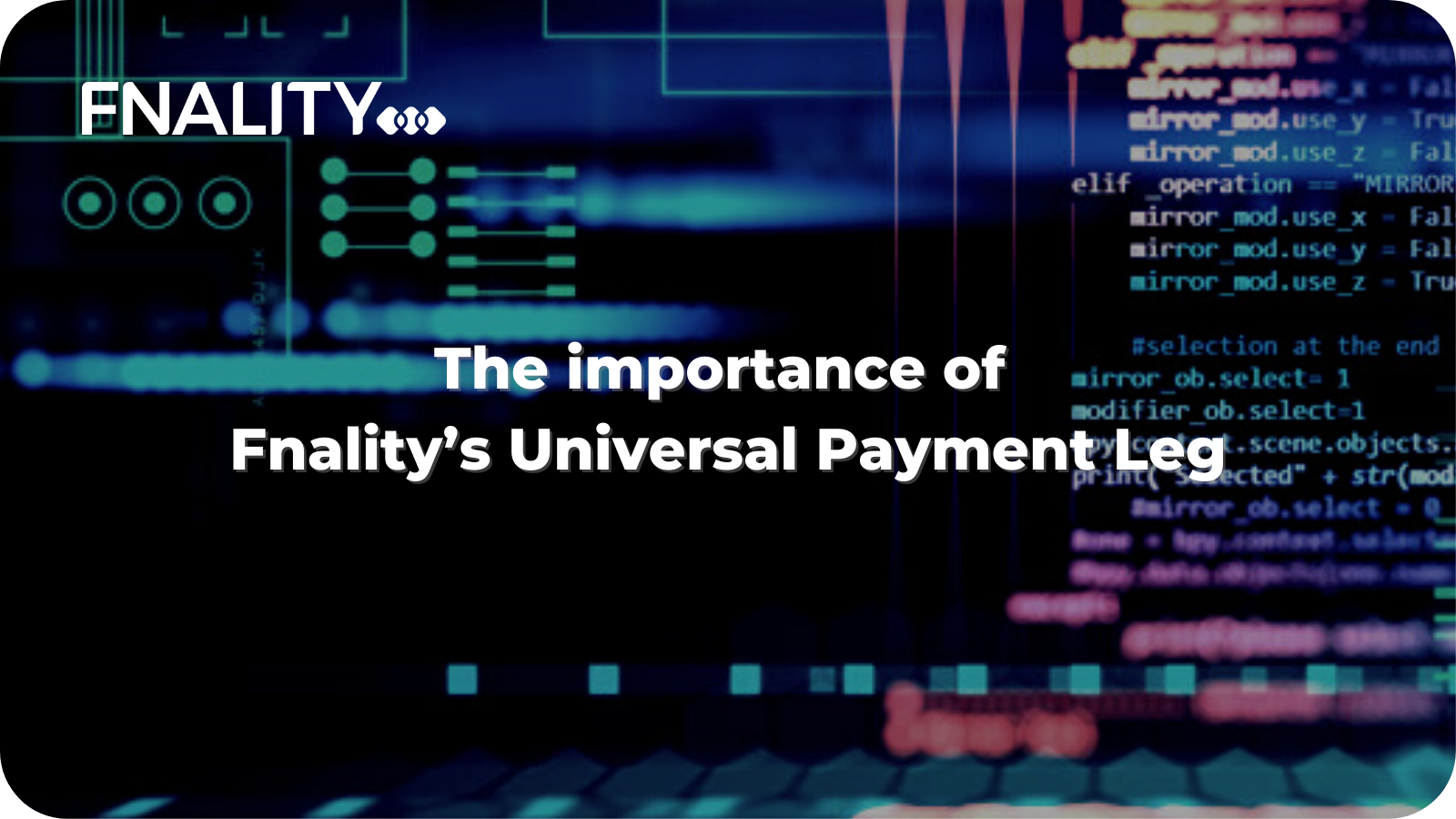The issue of the environmental impact of blockchain systems is complex. Blockchain can be an energy-intensive technology – sometimes requiring a huge amount of processing power and consumption. At Fnality, we have adopted a specific mechanism for our network of payment systems, which minimises energy consumption by design to overcome the sustainability challenges often presented by distributed ledger technology (DLT) – while unlocking the many benefits that it offers.
In this blog, we explain the consensus mechanism adopted by Fnality and why this supports a key organisational goal of promoting sustainability and environmental stability.








